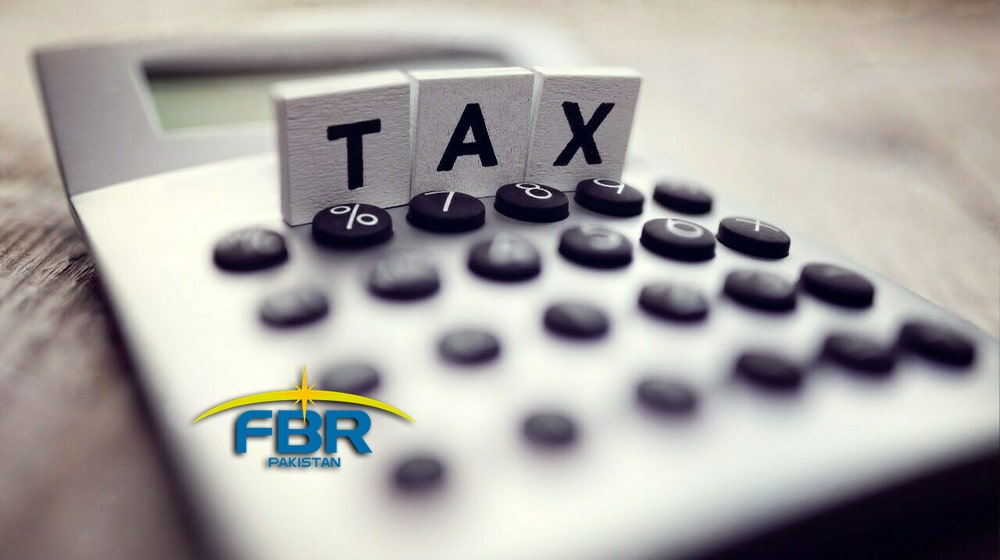PTBP Web Desk
The Federal Board of Revenue (FBR) of Pakistan has taken a significant step forward in enhancing the nation’s tax infrastructure with the launch of the New Payment Creation System, dubbed ePayment 2.0. This system, integrated into the IRIS 2.0 portal, aims to drastically simplify the tax payment process for taxpayers nationwide, marking a new era in tax collection and administration.
Introduction of ePayment 2.0
On Wednesday, the FBR unveiled details of this innovative platform, which is part of the government’s broader vision to modernize tax systems through digital solutions. ePayment 2.0 is designed to offer a more secure, efficient, and user-friendly experience for paying various taxes including Income Tax, Sales Tax, Federal Excise Duty, and Withholding Taxes, directly from personal bank accounts.
Features and Benefits of ePayment 2.0
Streamlined Payment Process:
Integrated Interface: Previously, taxpayers had to navigate between different systems for tax payments. Now, ePayment 2.0 is fully integrated into IRIS 2.0, providing a singular platform for all tax-related activities. This unification eliminates the hassle of multiple logins and enhances the overall user experience.
Ease of Access: Taxpayers can now make payments through multiple channels including internet banking, ATMs, and mobile banking, without the need to visit a bank physically. This flexibility caters to the digital habits of modern taxpayers, making tax compliance more convenient.
Enhanced User Experience:
Payment Slip ID (PSID): The system generates a unique PSID for each transaction, which simplifies the payment process. After payment, taxpayers receive a Computerized Payment Receipt (CPR) via email and SMS, ensuring they have immediate proof of payment.
Real-Time Confirmation: The multi-step workflow ensures that from the generation of PSID to receiving the CPR, the process is completed in real-time, which not only reduces delays but also provides immediate confirmation of transactions.
Transparency and Accountability:
PSID Search Feature: A built-in search functionality allows users to retrieve and verify their payment records easily. This feature adds an extra layer of transparency, helping taxpayers maintain accurate records of their tax obligations.
Strategic Importance of Digital Transformation
The launch event at PRAL Headquarters in Islamabad was graced by Aisha Farooq, Director General (IT&DT), whose presence emphasized the strategic significance of this digital leap. The introduction of ePayment 2.0 is not just about upgrading technology but is a critical step towards:
Operational Efficiency: By automating many of the manual processes involved in tax payments, FBR aims to reduce errors, speed up processing times, and lower operational costs.
Taxpayer Convenience: The system’s design focuses on ease of use, making tax payment as straightforward as possible, which is expected to encourage greater compliance.
Revenue Collection Enhancement: With an easier payment mechanism, FBR anticipates an increase in timely tax collections, which is vital for the fiscal health of the nation.
Impact on Tax Administration
The ePayment 2.0 system is a testament to FBR’s commitment to adapt and evolve in line with global digital trends. This initiative not only aligns with the digitalization efforts of other sectors but also sets a benchmark for tax administration in Pakistan:
Reduction in Physical Dependencies: By moving away from paper-based transactions, the system supports environmental sustainability and reduces administrative overheads.
Compliance Improvement: A user-friendly payment system is likely to reduce the tax gap by making it less cumbersome for individuals and businesses to meet their tax obligations.
Future Scalability: The infrastructure laid by ePayment 2.0 allows for future enhancements, potentially integrating more services or expanding its utility beyond current tax types.



